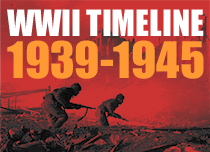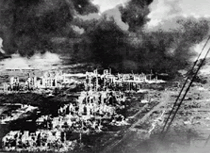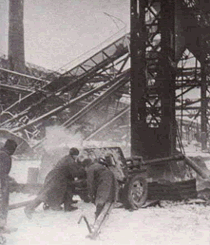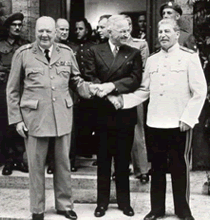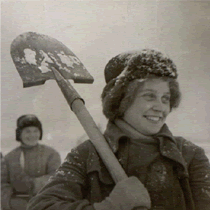


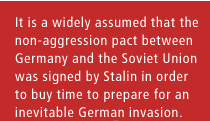
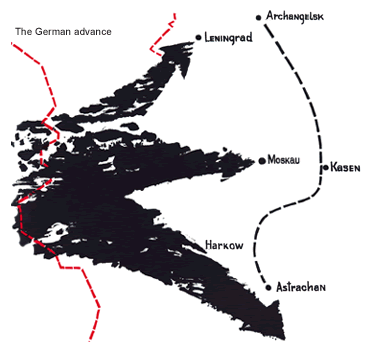
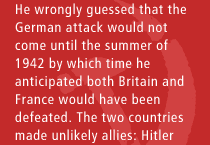
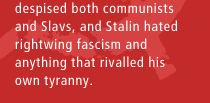

…I’ve got Kolya to think of, and the nursery children, and I’ve got to find a way of keeping rabbits out of the lettuces, and pickling enough cabbage for winter, and keeping Dad from getting too depressed, and Kolya’s grown out of his shoes again, and he needs vitamins… I can’t, I simply can’t think about everything else on top of that.
When the invasion, code-named Operation Barbarossa, began without warning in June 1941 the German forces were aided from the north by the Finns. The Soviets had bombed Finland that same month and were now engaged in what was known as the Continuation War (1941-1944) because it picked up where the Russo-Finnish Winter War (1939-1940) had ended.
While Leningrad lay under siege, other German troops were engaged in the advance towards Moscow. A large-scale counter-attack was launched by the Soviets in December 1941 when the Germans were in reach of the city. The Germans had recovered by the spring of 1942, but, unwilling to resume the attack on Moscow, focused instead on the southern regions of the country. Army Group South, which had already conquered the Ukraine, pushed on into the Caucasus, capturing Soviet oil fields, in a summer offensive code-named Case Blue. Hitler ordered the group to be divided in two with Army Group South (B) moving east to Stalingrad, a major industrial city located on the river Volga.
The eventual defeat of the Germans at Stalingrad after nearly 200 days of fighting was one of the turning points of the war. Although the Soviets lost more than a million soldiers and civilians during the battle, their victory marked the start of the liberation of their country. With so many German divisions tied up on the eastern front trying to hold back the Soviet advance, the Allies were able to launch the biggest military operation of the war, the D-Day landings, and begin liberating the occupied land in the west.
In The Siege, there a number of references to the difference between war as experienced by the individuals in the thick of it and how it will be later recalled and recorded:
That’s what war means: blunders and muddle, and doing things without understanding why you’re doing them. A long time later, if you’re lucky, someone comes along and writes things down so that they make sense, and calls his story history.
The relationship between private and public history is a key theme in Helen’s work.
Soviet resistance at Leningrad and later at Stalingrad was an inspiration to the Allies. In Britain, there were rallies, press campaigns, fundraising, trade union resolutions and the formation of a network of local committees working in support of Anglo-Soviet Unity. The Mitchell Library in Glasgow holds a moving record of this solidarity movement in the form of the Leningrad album, sent in thanks to the women of the Anglo-Soviet Aid Committee in Airdrie and Coatbridge for their messages of encouragement during the siege. Helen found reading contemporary newspaper accounts of the events in Russia in the British press remarkable. They show the high level of admiration for the Soviets felt by the British public at the time.
After the German invasion, the US provided assistance to the Soviet Union through the Lend-Lease Act of 1941. Around $11 billion in war aid was sent with additional assistance coming from Russian War Relief (a private charitable fundraising campaign), the Red Cross and other organisations. Lend-Lease ended in September 1945. Although Stalin never told the Soviet people the extent of the support given, he did say at Yalta that the programme was ‘one of Franklin Roosevelt’s most remarkable and vital achievements in the formation of the anti-Hitler alliance’. When Stalin moved into Eastern Europe after the war, imposing communism, unity with the west ended and the Cold War began.
For further information, read the sections on the background to The Siege and Hollywood and the Soviet Union from the readers’ guide as PDF and Word versions.
For books and weblinks on the Siege of Leningrad go to the Bibliography and Resources page.
